Water Scarcity is a global issue.
Our bodies are made up of approximately 60% water. Water is essential in order for us to survive and the earth is no different.
With climate change, we are seeing water scarcity is becoming more prevalent around the globe with so many people being affected.
According to “Drought In Numbers”, a 2022 UN report found that 1 billion people face chronic water scarcity and 2.3 billion people face water stress annually for periods of time. According to Lis Mullin Bernhardt, a freshwater expert with the United Nations Environment Programme, that estimate can go up to 3.5 billion in the next 10 years.
A nineteen-year “drought” in the American west, which historically has been the longest drought in 1,200 years, is resulting in very low levels of the Colorado river, which serves as a water source for seven states; California, Arizona, Nevada, Utah, Colorado, New Mexico, and Wyoming. This drought worsened by climate change, conflated with growing populations and intensive water use for agriculture, is the reason the river water levels are severely low.
A drought is generally defined by a six-month period where moisture levels are low. This is over and beyond what is considered a drought, which is now being considered the new very dry normal or aridfication.
Lake Mead, the largest artificial water reservoir in the U.S., and Lake Powell, the second largest which serve as reservoirs for the Colorado river are reaching “dead pool” status which means water cannot flow downstream.
What is alarming is California, which is affected by this water shortage, is considered the fruitbasket of the United States.
Over the last twenty years, 90% of major disasters were related to water; drought, floods, and other water-related events. It has become paramount to manage and regulate the supply and demand of water globally but according to Maria Morgado, UNEP’s Ecosystems Officer in North America, the long-term strategy is to address the root cause of climate change.
Climate change is disrupting the natural interconnections causing drought and desertification across the globe. According to the UN’s Global Land Outlook 2, drought is a major player in degradation of lands, where globally, 20-40% of our lands are considered degraded.
But water is an important factor in mitigating climate change. Wetlands like swamps, peatlands, or bogs can hold two-three times more carbon than forests do all around the world. If these wetlands are re-wetted or a river is reconnected to its floodplain, life comes back to these areas.
Water is essential to all life on earth. Solutions to help source water and combat climate change are needed to ensure a thriving future for all life on earth. Restoring wetlands is one part of this solution. To learn more about the importance of wetlands and restoring them, visit wetland ecologist Tom Biebighauser’s website; https://wetlandrestorationandtraining.com. You can also listen to @wildforchange’s latest podcast with Tom found in the @wildforchange bio’s link.
To learn how you can help combat climate change, go to the “How we can help” section at www.wildforchange.com.
Photo by Earth.com
Resources:
United Nations Environment Programme. “As the climate dries the American west faces power and water shortages, experts warn.” UNEP.org
Jillian Kestler-D'Amours. “Q&A: Colorado River crisis brings ‘very dry’ reality to US West.” Aljazeera.com, 8 Feb 2023


